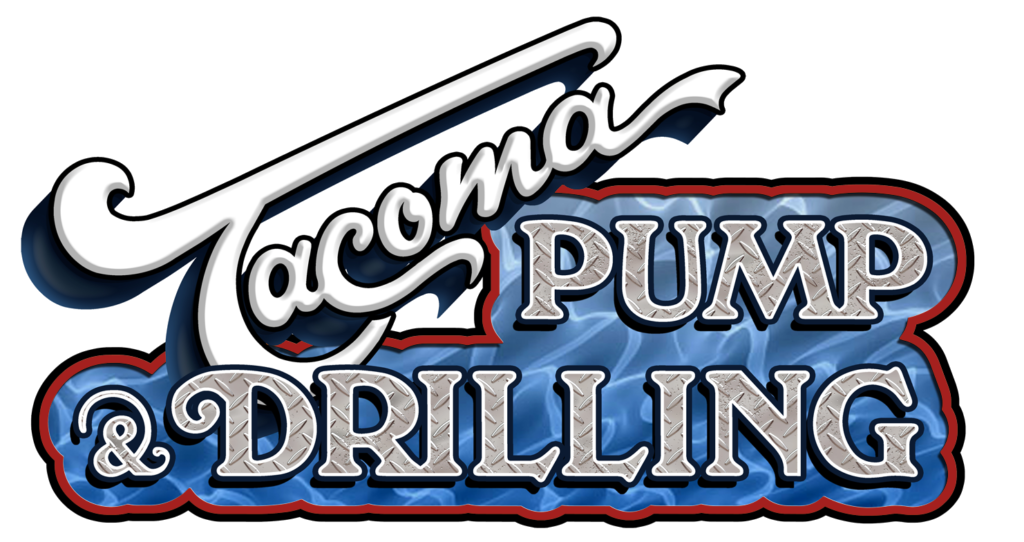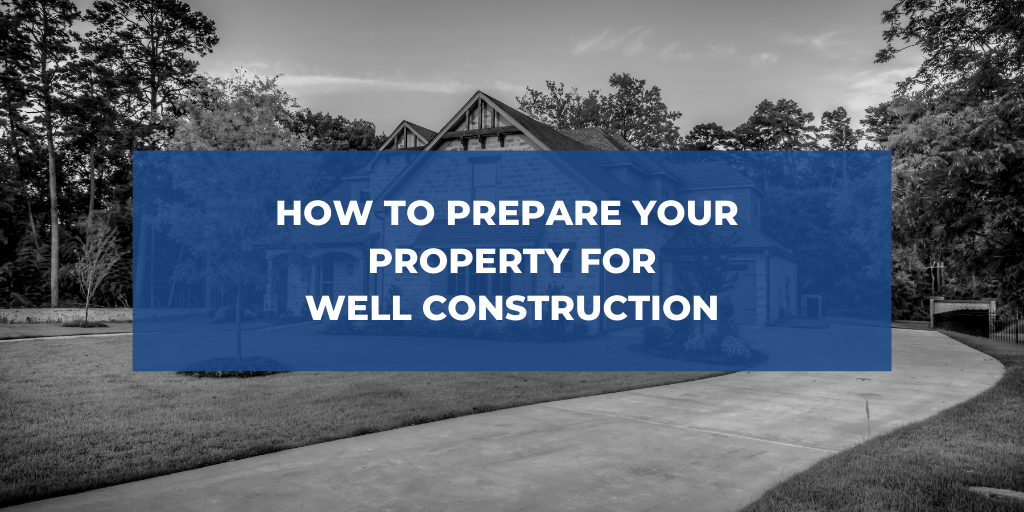Adding a water well to your residential or private property can provide many benefits, including safe, chemical-free drinking water, cost savings, and protecting the environment from contaminants. Many Washington State residents enjoy access to private water wells. However, the process of getting the required permits and preparing your property for well construction can be confusing. Which is why we’re here to help! At Tacoma Pump and Drilling, we try to make the residential well drilling process as simple and straightforward as possible. So if you’re considering adding a well to your property this year, this is the place to start.
Choose a Well Location
Understanding a little bit about proper well placement will help you determine if your property can accommodate a well. There are county and state requirements for water wells, as well as property requirements, but let’s start with the basics.
Avoid Contamination.
If you’re planning to add a well for your residence, then it is important to remember that your well will be the source of clean drinking water. Because of that, you want to make sure that you can place your well on well-drained or high ground, and that it is an appropriate distance from possible contaminates. These are just a few examples:
- Septic systems
- Livestock barns and yards
- Saltwater intrusion areas
- Area subject to flooding or ponding
- Within a one-hundred-year flood zone
- In a garage, barn, storage building, or dwelling
Understand Property Boundaries
Finding the right location for your well is often determined by both your property line and the potential location of your neighbor’s well. The Washington State Department of Ecology provides information on the location (and efficacy) of wells in your area. You can use this resource to help locate neighboring wells and also determine access to groundwater and the water quality in your area.
Verify Setback Distances
Setback refers to the distance your well must be from specific items on your property. These are the standard minimum setback distances for water wells in our state:
- Building Drip line — 5 ft
- Septic Tank — 50 ft
- Septic Drain Field — 100 ft
- Permitted Landfill Boundary — 1000 ft
- Building structure or building projection — 5ft
- Building Sewer — 50 ft
Determine Water Availability and Permitting
Once you have determined if there is an appropriate location for your well, the next step is to find out if your area and/or property are eligible for a new well. Due to changes in groundwater, demand, and ecology, every county in Washington has slightly different regulations for well construction and water availability. In some cases, a permit will be required before you can begin drilling.
Your local permitting agency—typically the Health Department for your county—may require several steps to establishing your eligibility for a water well:
- Well application: For example, in Pierce County, property owners must submit an application for new well construction that includes detailed parcel information, well location, and a site plan.
- Certificate of Water Availability: In some counties, such as Thurston, a certificate of water availability is required in order to make sure there is enough groundwater available for a new well in your area.
If you aren’t sure what the requirements are for your area or who to contact, we provide a list of resources by county on our website. Preparing your property for well construction starts with understanding local permitting, water access, and site requirements, all of which are available through your county health department.
Find a Licensed Driller
Washington State requires water wells to be drilled by a licensed well driller. There are many ways to search for the right driller to help you with your job, including an online search or speaking to neighbors or friends with wells.
The Department of Ecology, which regulates both well construction and drilling standards, also provides a list of licensed drilling companies available to serve your area. We highly recommend looking for reviews of individual companies and understanding their process before choosing your driller.
A drilling company should provide detailed information about their drilling operations, site requirements (in order to verify that they can access your well site with their rig), and a clear estimate. They should also be willing to help you navigate the well drilling process and provide a detailed explanation of how they will fulfill the post-drilling requirements as outlined by the state.
Submit a Notice of Intent
Once you have chosen a drilling company and verified their process, you’re one step closer to having your property prepared for well construction.
Either you or the drilling company must now submit a Notice of Intent to Construct a Well to the Department of Ecology at least 72 hours prior to well construction. This form also requires a fee based on the size of the well you are constructing.
The Department of Ecology plays an important role both in protecting the environment as well as protecting you, your drinking water, and your new well. Tacoma Pump and Drilling helps streamline the well construction process by submitting the notice of intent on behalf of our customers. We work closely with the Department of Ecology to understand and follow state and local regulations for water wells.
Once your notice of intent is submitted, work with your well drilling company to determine your project timeline. You are well on your way to enjoying fresh drinking water and all the benefits of a private water well.
Working with Tacoma Pump and Drilling
Preparing your property for well construction is just the start of your journey as a well owner. TPD helps our clients understand every step of the process, from preparation to completion, and ongoing well maintenance. To learn more about how to get your property well-ready, or our part in the drilling process, contact us today!

